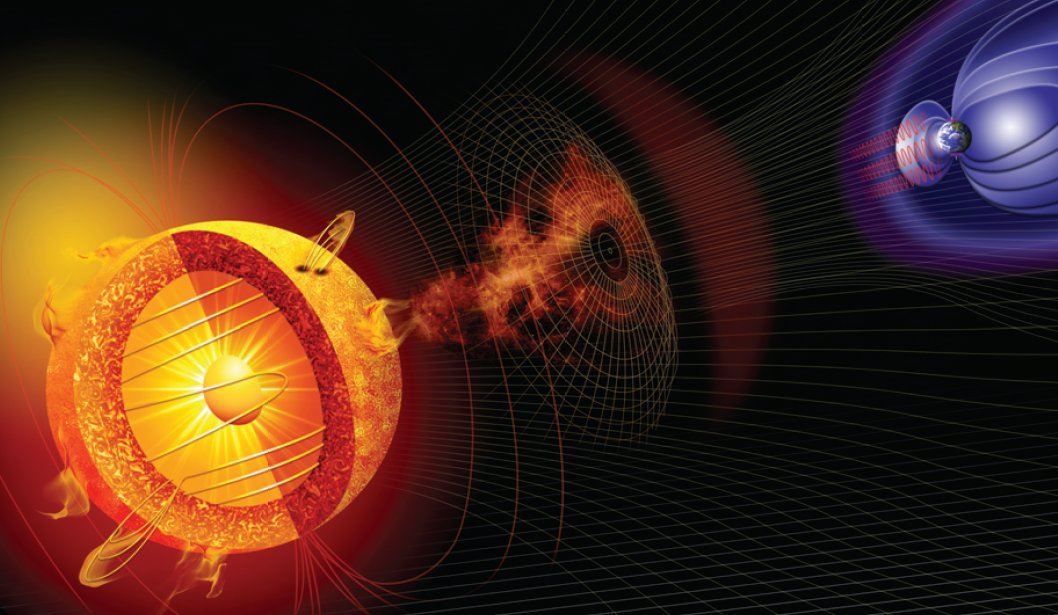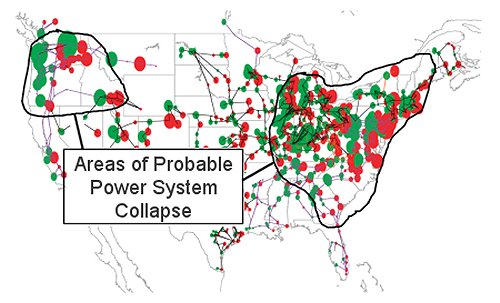The SDO satellite - English acronym for the Dynamic Solar Observatory scheduled for launch on February 9, 2010 from the Kennedy Space Center in Florida. SDO is designed to track the variability of the sun.

For several years an unusual idea has gripped the astronomical community. The idea goes against the old school of thought that causes reflection among scientists, especially climatologists. The sun, explains Lika Gohanthakurta from NASA headquarters in Washington, is a variable star.
The only limitation is the human eye. Modern telescopes and spacecraft that have studied the Sun have penetrated beyond the Sun's bright mantle and found a vortex of unpredictable chaos. Solar flares explode with the force of a million atomic bombs, clouds of magnetized gas, large enough to engulf a planet, break apart and exit the surface of the Sun. Holes in the Sun's atmosphere spit gases at millions of km/h creating the solar wind. And all these are phenomena that can occur in one day.
Over long timescales of decades and hundreds of years, the sun's activity waxes and wanes at a complex rate that researchers do not yet fully understand. The most familiar 'rhythm' is the 11-year sunspot cycle described as a regular process that runs like clockwork. In fact, this mechanism seems to have a mind of its own.
"It's not even 12 years," says Gohanthakurta. "The length of the cycle varies between 9 and 12 years. Some of the cycles are intense, with large amounts of sunspots and flames. Others are moderate with little solar activity. In the 17th century, during a period known as Maunder's minimum, the cycle seems to have stopped completely for about seventy years and no one knows why."
However, it is not necessary to go that far in time to find examples of the unpredictability of this cycle. Currently the sun is slowly climbing from the lowest minimum in the last century that no one expected. "The intensity of the solar minimum in 2008-2009 surprised us," says sunspot expert David Hathaway from the Marshall Space Center in Huntsville, Alabama. "It highlights how far we still have to go to successfully predict solar activity."
This is a problem because human society is very vulnerable to solar flares. Modern humans depend on a network of interconnected high-tech systems for basic day-to-day life. Electricity transmission networks, GPS navigation, flights in the air, financial services, radio communication in times of emergency - all of these are likely to be affected by the strong activity of the sun. According to a 2008 study by the US National Academy of Sciences, a once-in-a-century storm can cause 20 times more economic damage than Hurricane Katrina.

"Understanding this variability is critical," said space scientist Judith Lin of the Naval Observatory in Washington. "Our modern way of life depends on it."
And this is where the SDO satellite comes into the picture - English acronym for the Dynamic Solar Observatory scheduled for launch on February 9, 2010 from the Kennedy Space Center in Florida. SDO is designed to track the Sun's variability, unlike previous solar missions. It will observe the Sun faster, deeper and provide more detail than previous missions, breaking schedule constraints and elucidating details that have so far been missing in solar physics.
http://www.youtube.com/watch?v=-a1qjxYN2v0
In the video, the magnetic field of a solar storm about to erupt. SDO will capture such images, but in much better quality - with a camera 10 times more powerful than an HD camera, and it will transmit images bright and detailed enough to fill an IMAX screen.
Gohanthakurta believes that SDO is going to revolutionize the way we see the sun. The revolution begins with the high-speed photography. SDO will record IMAX-quality images of the Sun every ten seconds and will use an array of wide-spectral telescopes called the Atmospheric Imaging Assembly (AIA). By comparison, previous viewers took one picture every few minutes at a resolution similar to the one we see today on the Internet, not in a movie theater. The researchers believe that SDO's high-speed cameras will have an impact on solar physics in the same way that conventional high-speed photography advanced many sciences in the 19th century.
SDO will not stop at the surface of the Sun. The Helioseismic Magnetic Imaging (HMI) system can look deep into the Sun and discern its dynamo. The solar dynamo is a network of underground plasma currents that create the Sun's strong and sometimes explosive magnetic field. This dynamo regulates all types of activity in the sun - from lightning-fast bursts of solar flares to the slow cycles of sunspots.
"Understanding the inner workings of the Sun's dynamo has long been the 'Holy Grail' of solar physics," says Dean Pesnell of NASA's Goddard Space Flight Center in Maryland. “HMI can finally provide us with access to this information.
This dynamo hides under a layer of hot gas about 200 thousand km thick. SDO penetrates this layer using a technology known to geologists - seismology. As geologists study the Earth's interior using the waves that create earthquakes, solar physicists study the Sun's interior using the acoustic waves generated by the Sun's self-boiling vortex. HMI detects these waves, which researchers on Earth can turn into bright images. "It's like taking an ultrasound picture of a pregnant mother," explains Pasnel. "We can see the baby right through the skin."

3 תגובות
It was said: "Wow".
The absolute dependence of the global economy on means of communication that are exposed to a variety of possible failures, both due to the cyclical activity of the sun and due to their vulnerability to the electromagnetic pulse of an atomic explosion, is the most prominent weakness of this economy. Understanding the weaknesses and trying to deal with them are the challenge facing human society in the next hundred years, in my opinion.
Sounds interesting, finally starting to cross the "surface" of the conventional understanding of the sun.